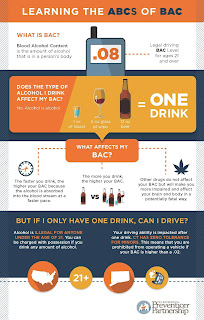by Jacqueline Longo, July 6, 2016
Program Coordinator, Youth Leadership
The Governor's Prevention Partnership
On June 24, 2016, New Haven declared a public health
emergency after a tainted batch of drugs caused two deaths and 20 drug
overdoses. Officials released that the victims thought they were buying
cocaine, when instead officials believe they bought a synthetic opiate called
Fentanyl. The drug in question is still being investigated but a warning has
been issued in the New Haven community as fentanyl is an extremely potent
opioid that is up to a 100 times stronger than heroin. Officer David Hartman,
public information officer for New Haven Police, warns all heroin users as
Fentanyl is the cause of many overdoses across the state.
Connecticut youth continue to be impacted by the level of
drug use in the state. According to news reports, five of the overdose victims
were found in the parking lot next to Hillhouse High School in New Haven. In
the most recent Connecticut Youth Risk Behavior Survey, 12% of high school
students report to misusing prescription drugs and 2.2% report to using heroin.
The perception of harm of misusing prescription drugs continues to decrease as
many youth believe they are safer and will not cause harm. The Center for Disease
Control states that abusing prescription opioids is the strongest risk factor
for a heroin addiction. With the increase in high school aged youth abusing
prescription medications, the number of older heroin users will increase. It is
important to remind our youth that using a prescription medication when it is
not prescribed to you is just as dangerous as using an illegal drug.
View
additional resources for parents to speak with youth about the dangers of
substance abuse and to learn more about the opioid epidemic that is hitting the
United States.


